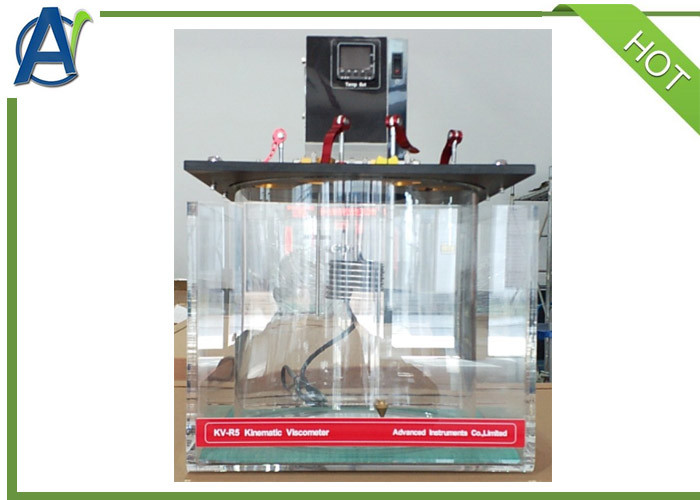

The questions are grouped into the following categories:

It is the purpose of the balance of this writing to present the most common questions asked and the answers to these questions. Much confusion has resulted in the selection of, as well as the use of ,viscosity cups due to the number of types available and inadequate standardization between the various manufacturers. Laboratory or “Ring Stand” Viscosity Cupsįord Standard Viscosity Cups - 6 Cup Ranges

Gardco/Fisher Dip Viscosity Cups - 4 Cup Ranges Gardner Company shown for each type as follows:ĮZ (Equivalent Zahn) Viscosity Cups - 5 Cup Ranges Viscosity cups fall into two different types with those standardized and calibrated by the Paul N. Measuring viscosity by the use of viscosity cups has become the preferred method for production control due to their ease of use, their rugged nature, recent improvements in accuracy and relatively low cost. Prices range depending on degree of sophistication, range, temperature control and data display. They are also applicable to the evaluation of materials containing a high ratio of solid materials and products that are above the range of instruments depending on gravity as a driving force. They are, therefore, applicable to a higher level of product evaluation than viscosity cups. Most rotational instruments operate at more than one speed to permit a product to be evaluated at various rates of shear. There are many other specialty types of viscosity measuring instruments but they are beyond the scope of this writing. Instrumentation commonly used for measuring viscosity can broadly be divided into two types: The Centistoke is the Stoke divided by 100. When the Stoke value is known, the equivalent Poise value may be found by multiplying the Stoke value by product density (or weight per gallon in pounds multiplied by 0.1202). The Stoke is the Poise divided by product density (or weight per gallon in pounds multiplied by 0.1202) and is the unit of measure when gravity is the force causing product flow. The Centipoise is the Poise divided by 100. It is the force required to move one surface of a known area at a given velocity with respect to another surface when the two surfaces are separated by a viscous material. The fundamental unit of viscosity is the Poise. Therefore, measuring viscosity is necessary not only to insure required and uniform product performance but also to control product cost. Normally the amount of diluent in such products controls the viscosity of the product. This ‘flow property’, a sort of internal friction resisting flow, is measured as viscosity. All processors of liquid or semi-liquid materials are concerned with the ‘flow property’ of their products.


 0 kommentar(er)
0 kommentar(er)
